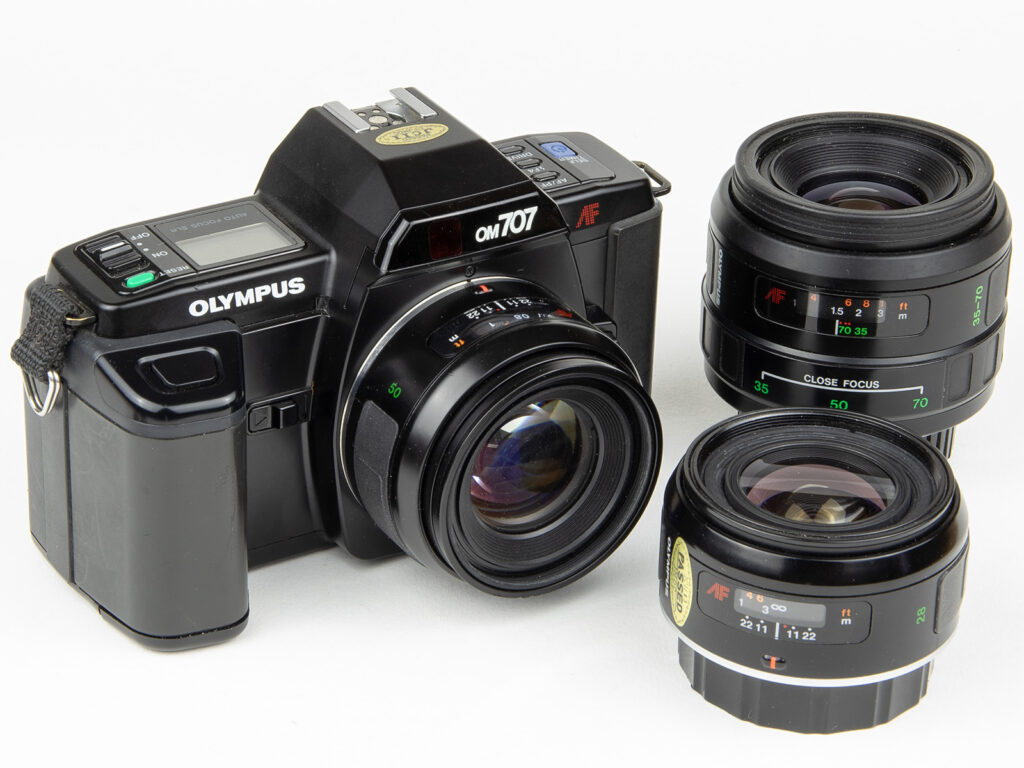
23 June, 2025
Olympus OM707 – The Autofocus Underdog
The Olympus OM707 (OM77 in North America) is one of a slew of new futuristic autofocus SLRs that burst onto the market in the mid-1980s. It’s a great-looking camera with a...
Stuart Jenkins
Stuart Jenkins's Posts

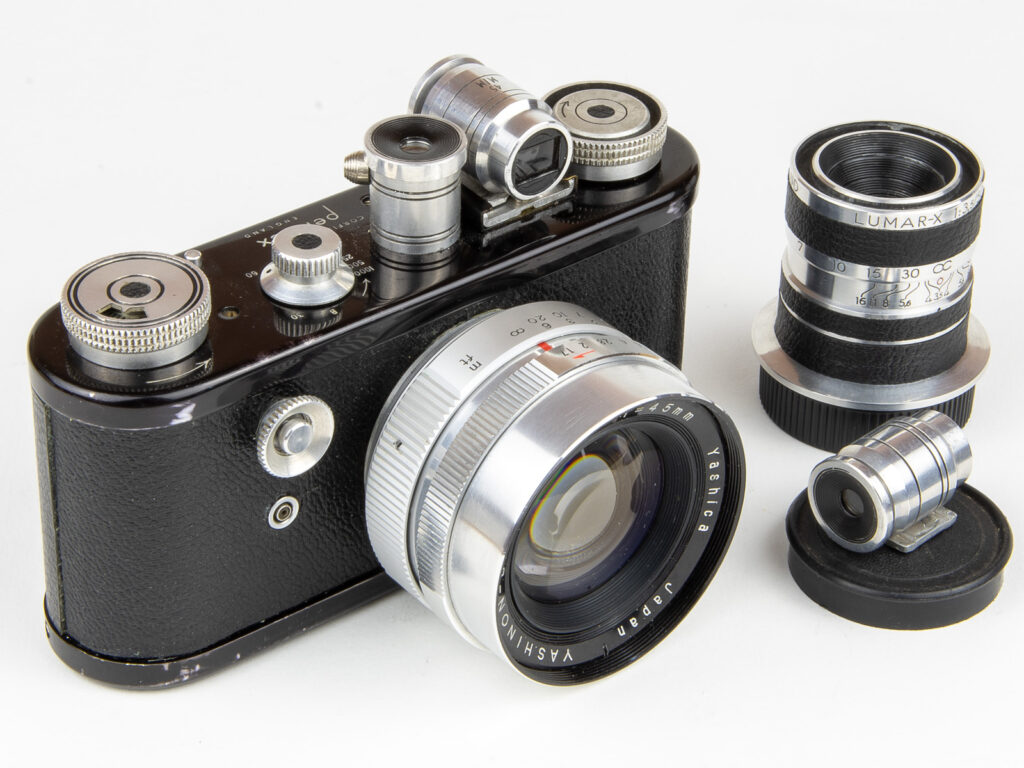
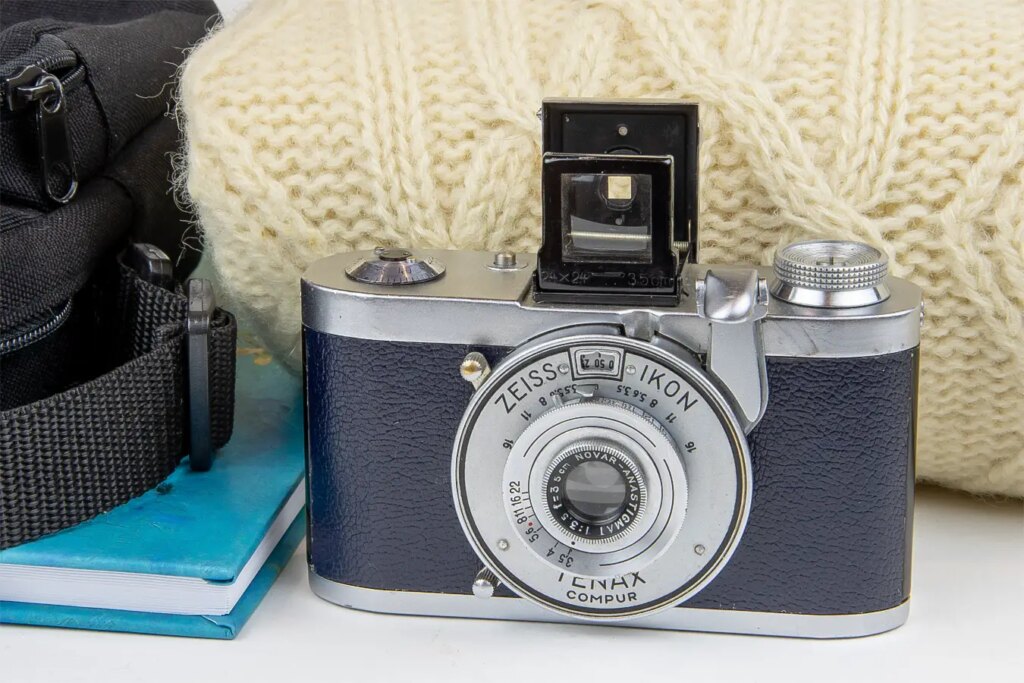
17 February, 2024
5 (square) frames with a Zeiss Ikon Tenax I and Ilford XP2 SuperBy Stuart Jenkins
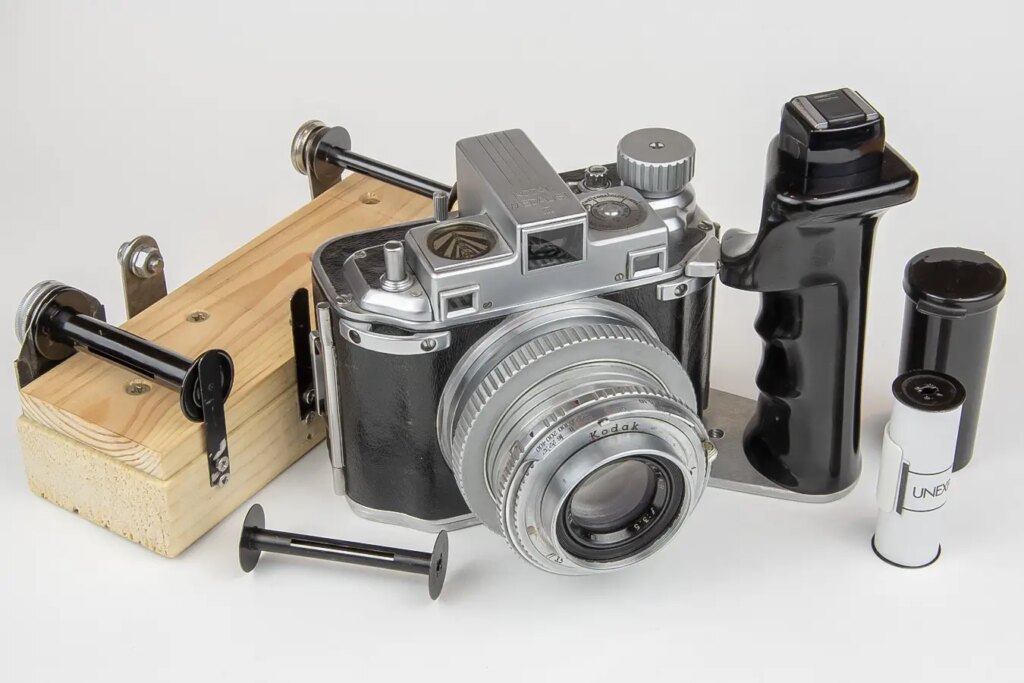
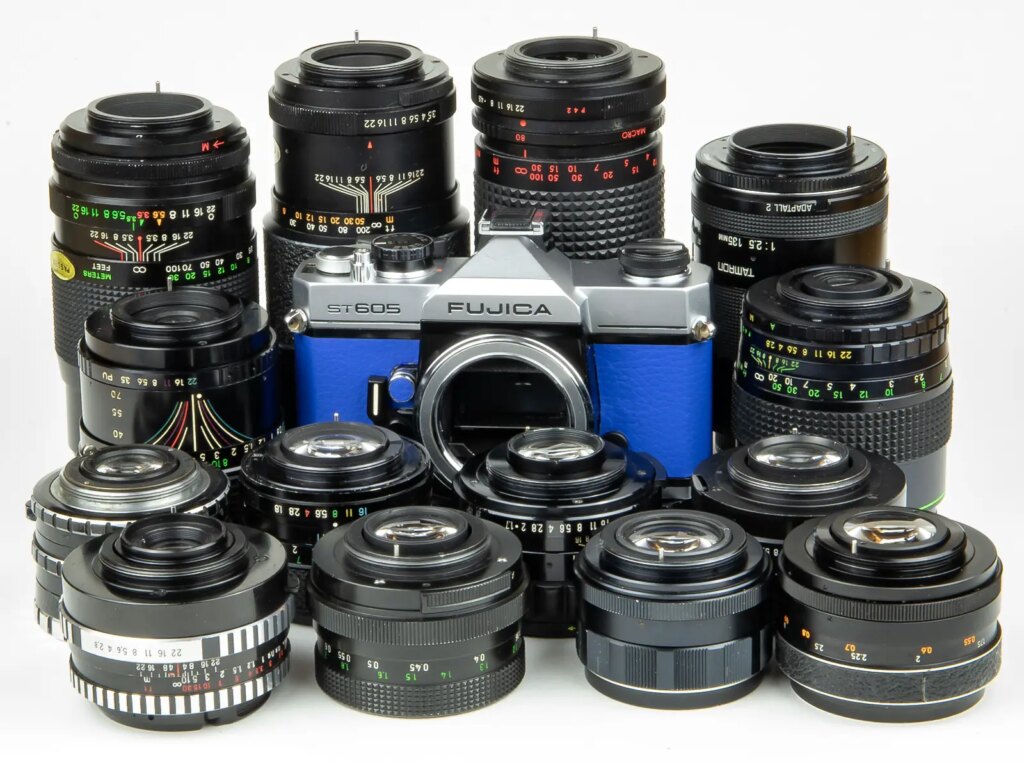
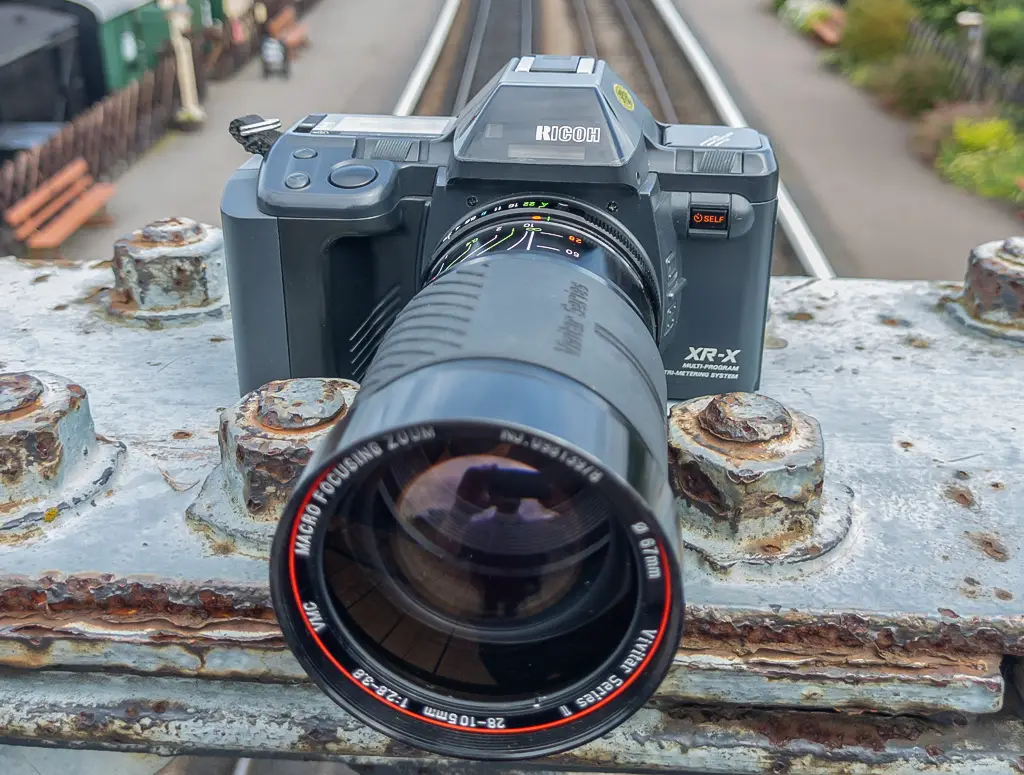
19 December, 2023
5 Frames with a Ricoh XR-X and Vivitar Series I 28-105mm f2.8-3.8By Stuart Jenkins
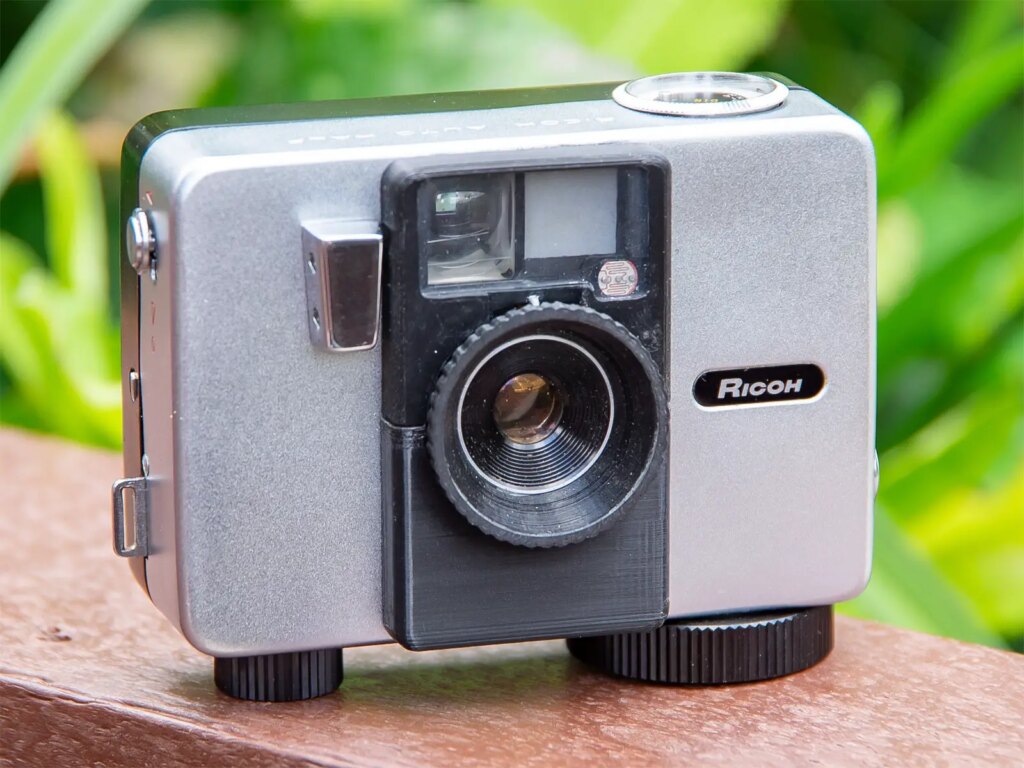
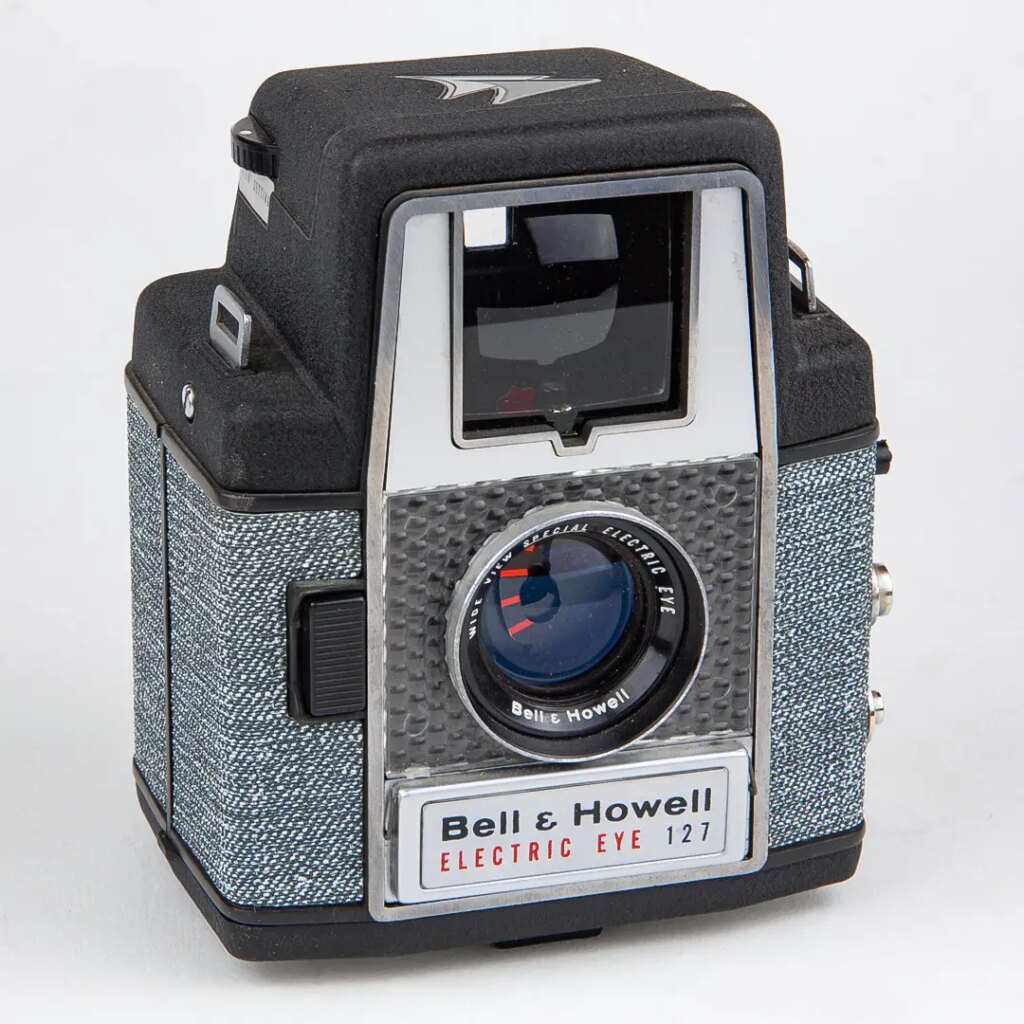
5 October, 2022
5 Frames with a Bell & Howell Electric Eye 127 and Kodak Ektar 100 – by Stuart JenkinsBy Stuart Jenkins
Paid Subscription
£2.99 per month and you’ll never see an advert again! (Free 3-day trial).
Content contributor
Become a part of the world’s biggest film and alternative photography community blog. All our Contributors have an ad-free experience for life.